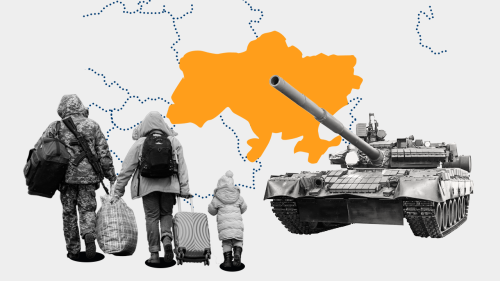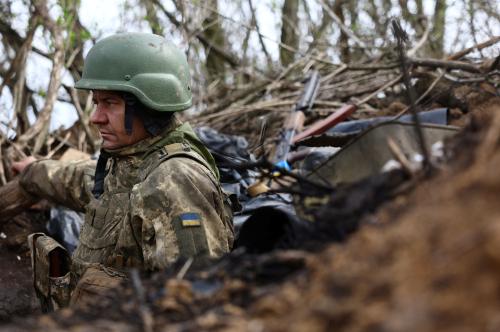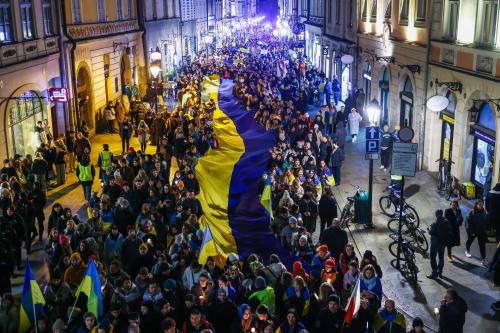

10:00 am EDT - 11:00 am EDT
Past Event
Russia’s full-scale invasion of Ukraine in February 2022 has forced over 13 million people to leave their homes in search of safety. Around 5.4 million Ukrainian refugees have fled to countries across Europe and another 5.1 million remain internally displaced. The European continent has not seen such a level of displacement — in both speed and scale — since World War II. While the shock of the war and the migration crisis dominated public discussions, Europe also saw near-record numbers of non-Ukrainian asylum applications in 2022. Almost 1 million people applied for international protection, an increase of over 50% compared to 2021 and the highest since 2016.
Global forced displacement trends suggest that the recent spike in asylum-seekers — including and beyond the Ukraine crisis — constitutes a new reality for Europe. Over the years, in the absence of a broader European strategy, local governments and civil society have often found innovative approaches to improve the reception of people seeking international protection. The relative success of the EU’s Temporary Protection Directive applied to Ukrainian refugees further demonstrates that Europe has the capacity and ability to respond effectively to large-scale arrivals.
On June 26, the Center on the United States and Europe will convene a panel to explore the future of European policy from the perspective of asylum-seeker and refugee-hosting communities, specifically at the municipality and city level.
Viewers can submit questions by emailing [email protected] or on Twitter using #AsylumEurope.
Panelist




Michael E. O’Hanlon, Constanze Stelzenmüller, David Wessel, Alejandra Rocha, Sophie Roehse, Mallika Yadwad
September 27, 2024

Michael E. O’Hanlon, Constanze Stelzenmüller, David Wessel
April 26, 2023

Michael E. O’Hanlon, Constanze Stelzenmüller, David Wessel
February 21, 2023